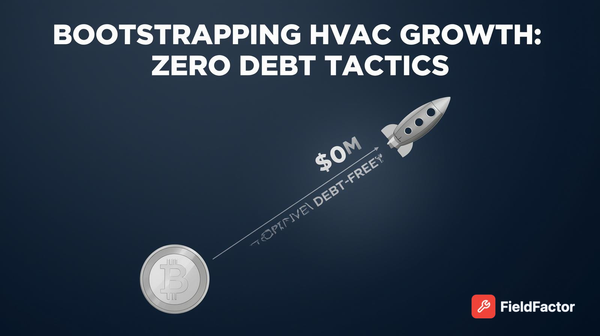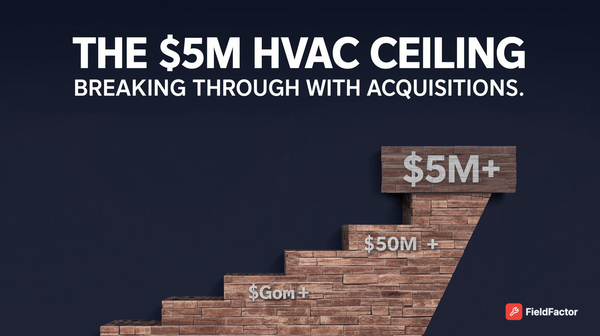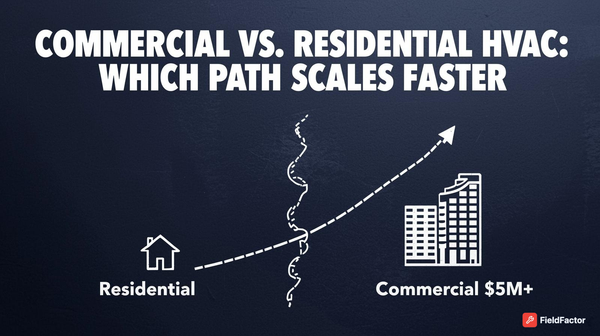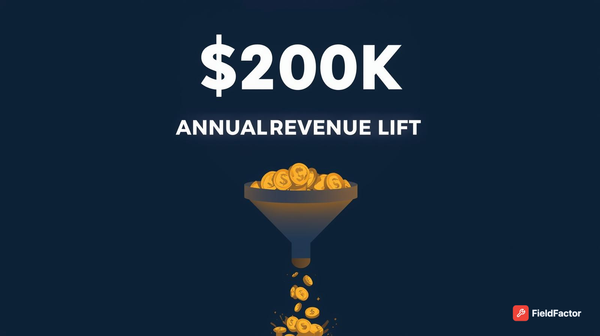10 PE Firms Buying HVAC Companies for 10x EBITDA in 2025
77 HVAC companies got acquired this year. Here's what they did differently—and how you can get a premium exit in 2025.

The HVAC industry isn't just heating up—it's on fire. With global market value hitting $216 billion in 2024 and projected to surge to $390 billion by 2033, private equity (PE) firms are snapping up companies at a blistering pace: 77 M&A deals announced or completed year-to-date through mid-2025, up slightly from last year, and an 88% spike in PE add-on acquisitions. For HVAC owners and operators, this means unprecedented opportunities—and pressures. Fragmentation leaves over 29,000 private companies ripe for consolidation, but getting acquired (or partnering smartly) could mean 10x+ EBITDA multiples and explosive growth.
This deep-dive guide uncovers the most active PE players, their strategies, and why they're obsessed with HVAC. Whether you're eyeing an exit or scaling post-acquisition, let's decode the deals driving the industry's future.
Why Private Equity is Betting Big on HVAC: The Perfect Storm of Stability and Growth
HVAC isn't a fad investment—it's a recession-proof powerhouse. PE firms, managing trillions in assets, are drawn to sectors with predictable cash flows and low barriers to entry, and HVAC checks every box. Here's why 2025 is their golden hour:
- Fragmented Market, Massive Consolidation Potential: Over 29,000 privately owned HVAC firms dominate, with middle-market players (25% of the sector) scattered across residential, commercial, and industrial segments. PE thrives on "buy-and-build" roll-ups, merging small shops into regional giants for economies of scale and higher valuations.
- Steady, Recurring Revenue Streams: Maintenance contracts and emergency repairs generate loyal, predictable income—think 15%+ EBITDA margins in residential services. Unlike cyclical industries, HVAC demand is non-discretionary: aging systems need fixes, no matter the economy.
- Resilience in Turbulent Times: The sector weathers downturns thanks to essential services for homes, hospitals, and data centers. Climate change amps this up—extreme weather drives retrofits for energy-efficient, decarbonized systems, with industrial growth in semiconductors and healthcare fueling 10-15% annual expansion.
- Operational Leverage and Talent Edge: Low capital requirements (no heavy manufacturing) mean quick cash conversion, while PE injects tech and training to retain skilled techs—boosting wages by 20% in year one and cutting turnover.
- Exit Multiples on Steroids: Premiums hit 10x+ EBITDA for high-visibility platforms, far outpacing other services. With interest rates easing, PE is deploying dry powder for bolt-ons, eyeing exits to strategics like Carrier or larger funds.
In short, HVAC offers PE the holy grail: stable yields with upside from tech (smart HVAC) and green mandates. But for owners, it's a call to action—get acquisition-ready or risk being left in the dust.
How and Why PE Firms Acquire HVAC Companies: Strategies for Scale and Exit
PE doesn't just buy—they transform. Acquisitions aren't random; they're chess moves in a roll-up game, targeting fragmented players to build defensible moats. Here's the playbook:
The Core Strategy: Buy-and-Build Roll-Ups
PE starts with a "platform" acquisition—a mid-sized HVAC firm ($10M+ EBITDA, strong local footprint)—then layers on 10-30 "add-ons" (smaller tuck-ins) over 3-5 years. Why?
- Geographic and Service Expansion: Platforms in Texas or Florida get bolt-ons in the Southeast for national coverage, adding plumbing or electrical to cross-sell.
- Value Creation: Post-deal, PE deploys ops teams for ERP integration, AI dispatching, and marketing overhauls—driving 20-30% EBITDA growth via efficiencies.
- Talent and Culture Retention: Deals favor founder-friendly terms (e.g., equity rollovers) to keep techs happy, addressing labor shortages with better pay and training.
Why Target HVAC Specifically?
- High Barriers Post-Consolidation: Once rolled up, platforms command premium pricing and OEM partnerships, deterring independents.
- Tech-Enabled Upside: PE hunts firms with proprietary software for predictive maintenance, aligning with decarbonization trends.
- Exit Pathways: After scaling to $100M+ revenue, sell to upper-market PE (e.g., Goldman Sachs) or publics like Limbach for 2-3x returns.
Risks? Integration hiccups or overpaying in hot markets. But with 138 deals in 2024 alone, the momentum is unstoppable—PE is reshaping HVAC from family shops to tech-driven empires.
Top 10 Most Active Private Equity Firms in HVAC: Deep Dives on Deals, Strategies, and Impact
We've ranked these based on 2024-2025 deal volume, platform scale, and sector focus—drawing from PitchBook, Capstone, and Grata data. Each includes AUM, key platforms, recent moves, and HVAC-specific edge. (Pro tip: If you're a target, prioritize firms matching your geo/services.)
1. Morgan Stanley Capital Partners
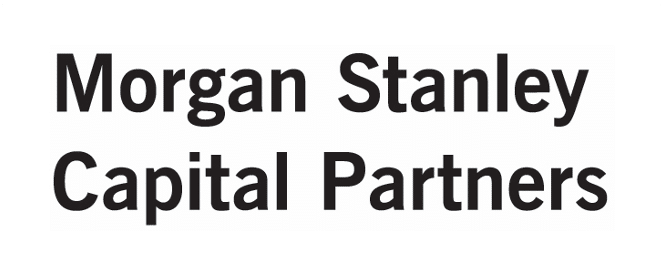
AUM: $10B+ | Deal Volume: 30+ add-ons since 2021 | Focus: Residential/Commercial Services
Pioneers of the HVAC roll-up, MS Capital turned Sila Heating & Air Conditioning into a Northeast powerhouse with 28 acquisitions. Strategy: Aggressive tuck-ins for density, emphasizing recurring maintenance. Edge: Deep ops expertise—post-acquisition EBITDA jumps 25%. Recent: Sold Sila to Goldman Sachs for $1.7B in late 2024, banking massive returns.
2. Goldman Sachs Alternatives
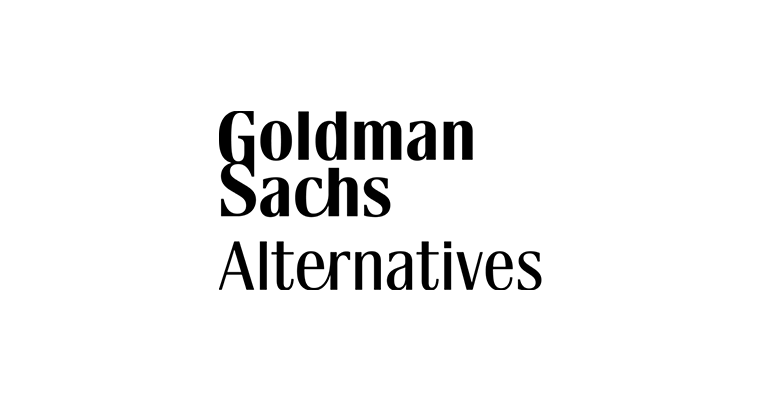
AUM: $300B+ | Deal Volume: 5+ major platforms | Focus: Multi-Service Platforms
The Wall Street giant entered HVAC via the blockbuster $1.7B Sila buyout, inheriting 30+ locations across HVAC, plumbing, and electrical. Why acquire? To build "super-platforms" blending services for cross-sell gold. Edge: Global resources for tech upgrades (e.g., AI scheduling). Recent: Eyes Southern expansions like Peaden for Sunbelt dominance.
3. Partners Group

AUM: $150B | Deal Volume: 10+ add-ons in 2025 | Focus: Commercial/Industrial Services
Swiss precision meets American HVAC: Backed PremiStar and Air Temp Mechanical with six add-ons YTD, including Dahme Mechanical ($ undisclosed) and B.T. Lindsay. Strategy: Thematic investing in energy-efficient retrofits. Edge: ESG focus attracts green subsidies. Recent: June 2025 Dahme deal expands Midwest plumbing-HVAC synergy.
4. Alpine Investors (via Apex Service Partners)

AUM: $18B | Deal Volume: 107 acquisitions | Focus: Residential Roll-Ups
Alpine's Apex is the undisputed roll-up king, gobbling 20+ HVAC shops annually. Why? Fragmentation in the $50B services market. Edge: "People-first" model hikes tech pay 20%, slashing turnover. Recent: 2025 bolt-ons in Florida/Texas, pushing Apex to 200+ locations.
5. Audax Private Equity
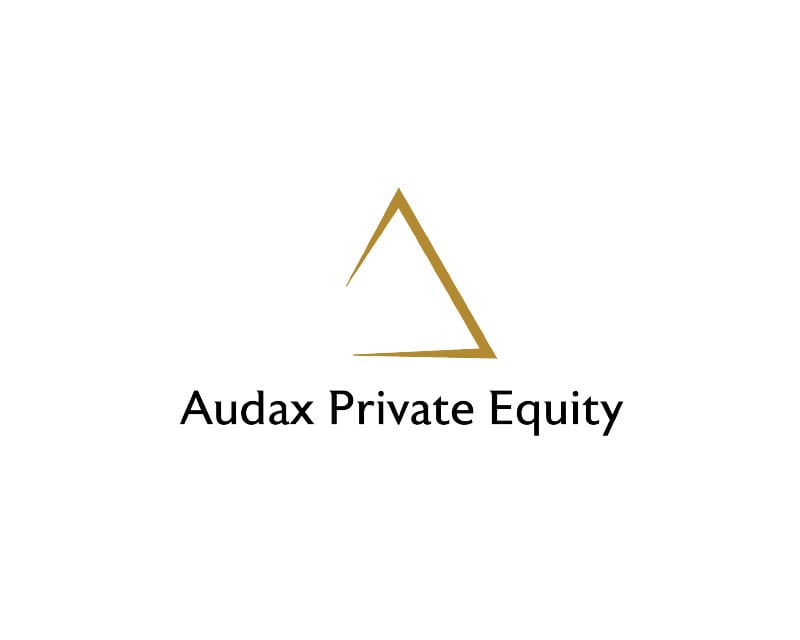
AUM: $18B | Deal Volume: 5+ in HVAC/manufacturing | Focus: Industrial Filtration & Services
Boston-based Audax targets mission-critical HVAC via add-ons like Air Filtration Co. (Jan 2025). Strategy: Vertical integration from filters to full installs. Edge: Industrial expertise for data center boom. Recent: Rensa Filtration platform eyes 10x growth via geo-tuck-ins.
6. Genstar Capital (via The SEER Group)
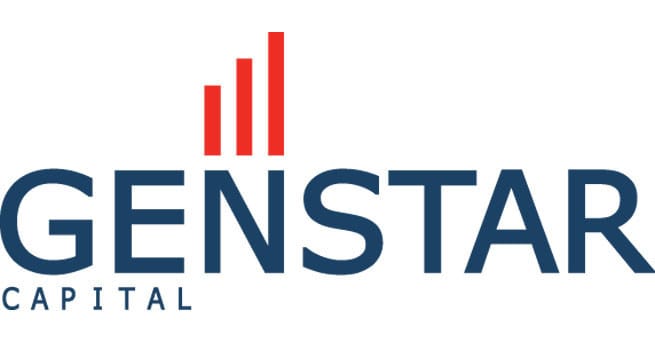
AUM: $33B | Deal Volume: 15+ add-ons | Focus: Southwest Services
Genstar's SEER platform specializes in desert-state HVAC/plumbing, with May 2025's S&S Mechanical add-on expanding to Nevada/Arizona. Why acquire? Recurring desert maintenance goldmine. Edge: Supply chain mastery cuts costs 15%. Recent: Targets $500M revenue by 2027.
7. Trive Capital (via Cascade Services)
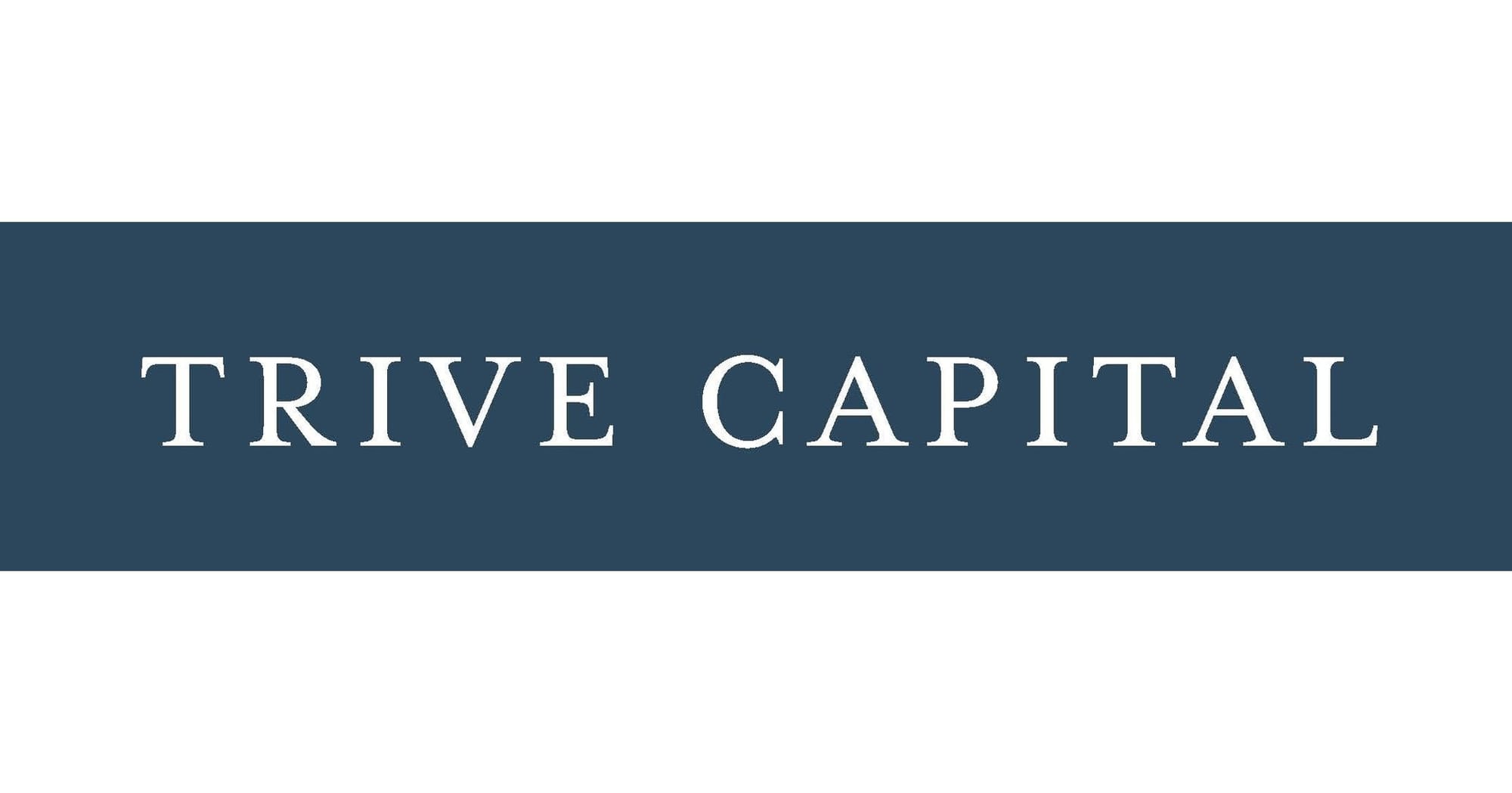
AUM: $6B | Deal Volume: 8+ in 2025 | Focus: East Coast Commercial
Dallas PE firm's Cascade added East Coast Mechanical (March 2025) for multifamily dominance. Strategy: Tech infusion (e.g., predictive analytics). Edge: Flexible capital for quick closes. Recent: Four add-ons YTD, eyeing NYC metro.
8. Huron Capital (via The Exigent Group)

AUM: $2.5B | Deal Volume: 6+ platforms | Focus: Midwest Mechanical
Detroit's Huron built Exigent into a $200M+ HVAC beast with Jan 2025's Premier Mechanical tuck-in. Why? Ohio's industrial retrofit surge. Edge: Founder-operator model retains culture. Recent: Focus on boiler/HVAC hybrids for efficiency plays.
9. Astara Capital (via Del-Air)
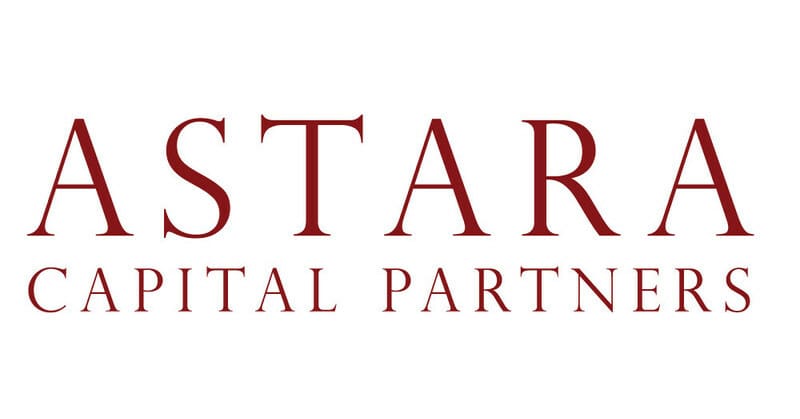
AUM: $1B+ | Deal Volume: 10+ Florida-centric | Focus: Southeast Residential
Astara's Del-Air empire grew via Feb 2025's McGowan’s acquisition, hitting 20+ locations. Strategy: Hurricane-prone market for emergency revenue. Edge: Insurance-tied contracts lock in repeats. Recent: Sunbelt push for 30% YoY growth.
10. Gamut Capital Management
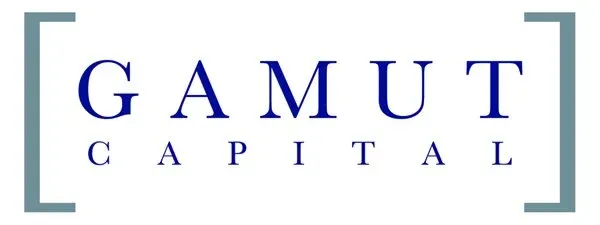
AUM: $1.5B | Deal Volume: 3+ platforms | Focus: National Residential
NY firm's Airtron (acquired from NRG in 2024) added Sierra Air in 2025 for West Coast reach. Why acquire? New construction boom. Edge: Energy efficiency tie-ins for rebates. Recent: Targets 50 locations by EOY.
Quick Comparison: Spot Your Ideal PE Suitor
| Rank | Firm | Key Platform(s) | 2024-25 Deals | AUM | Sweet Spot (Geo/Services) |
|---|---|---|---|---|---|
| 1 | Morgan Stanley CP | Sila | 30+ | $10B+ | Northeast/Residential |
| 2 | Goldman Sachs | Sila (post-acq) | 5+ | $300B+ | Multi-Region/Multi-Service |
| 3 | Partners Group | PremiStar, Air Temp | 10+ | $150B | Midwest/Industrial |
| 4 | Alpine Investors | Apex Service Partners | 107 total | $18B | National/Residential |
| 5 | Audax PE | Rensa Filtration | 5+ | $18B | Industrial/Filtration |
| 6 | Genstar Capital | The SEER Group | 15+ | $33B | Southwest/Commercial |
| 7 | Trive Capital | Cascade Services | 8+ | $6B | East Coast/Multifamily |
| 8 | Huron Capital | The Exigent Group | 6+ | $2.5B | Midwest/Mechanical |
| 9 | Astara Capital | Del-Air | 10+ | $1B+ | Southeast/Emergency |
| 10 | Gamut Capital | Airtron | 3+ | $1.5B | National/New Construction |
The HVAC Owner's Playbook: Thriving in the Private Equity Era
The M&A wave isn't just about who is buying; it's about what you, as an HVAC business owner, must do now to maximize your valuation and secure your future—whether that's a lucrative exit or remaining a strong independent.
1. Optimize for Private Equity Due Diligence
PE firms look for businesses ready for scale. Start acting like a $100 million platform today:
- Clean Up Financials: Convert to accrual-based accounting (GAAP). Ensure your EBITDA (Earnings Before Interest, Taxes, Depreciation, and Amortization) is clearly defined and consistently growing. Adjusted EBITDA is key for PE; make sure add-backs (owner perks, non-recurring expenses) are defensible.
- Systemize Operations: Implement a robust ERP system (like ServiceTitan or similar) for dispatching, inventory, and finance. PE invests heavily in tech to drive efficiencies; having a system in place proves you are tech-enabled and scalable.
- Secure Recurring Revenue: Increase the percentage of revenue from HVAC maintenance contracts. A high contract-to-total-revenue ratio (30%+) signals stability and predictable cash flow, driving a premium multiple.
2. Strategic Growth: Target the PE Sweet Spot
The highest multiples go to companies that align with current PE themes:
- Go Multi-Service: Add plumbing, electrical, or other ancillary services. PE loves the cross-selling potential and the ability to capture a larger share of the home/commercial service wallet.
- Expand Geographically: Prove your model can be replicated. Having a strong, defensible presence in two or more high-growth cities (e.g., Texas, Florida, Sunbelt) makes you a more attractive platform candidate.
- Focus on Commercial/Industrial: While residential roll-ups are mature, the commercial and industrial segments (especially data center cooling and energy-efficient retrofits) are in earlier stages of consolidation and command higher margins.
3. Navigate Your Exit: Partnering vs. Selling
If you're approached by one of the top HVAC private equity firms listed above, understand the difference between a full sale and a recap (recapitalization):
- Full Exit: You sell 100% of your ownership for cash at closing. The risk is zero, but you miss out on future growth.
- Rollover Equity (Recap): You sell a majority stake (e.g., 70-80%) for cash and roll the remainder (20-30%) into the new, larger PE-backed platform. This is the most common PE strategy for founders, allowing you to get a significant payday now while keeping a stake in the massive upside of the roll-up's final sale (the "second bite of the apple").
Final Takeaway: Position for Premium Value
The roll-up era is the biggest wealth transfer the HVAC industry has ever seen. The fragmented market is consolidating into multi-billion-dollar entities backed by sophisticated financial players. HVAC business owners who invest in their systems, maximize recurring revenue, and prepare their financials meticulously will be the clear winners, securing premium valuations (10x+ EBITDA) and generational wealth. Delaying preparation means leaving money on the table.
What's your take on the roll-up rush—target or holdout? Comment below. Stay efficient.


